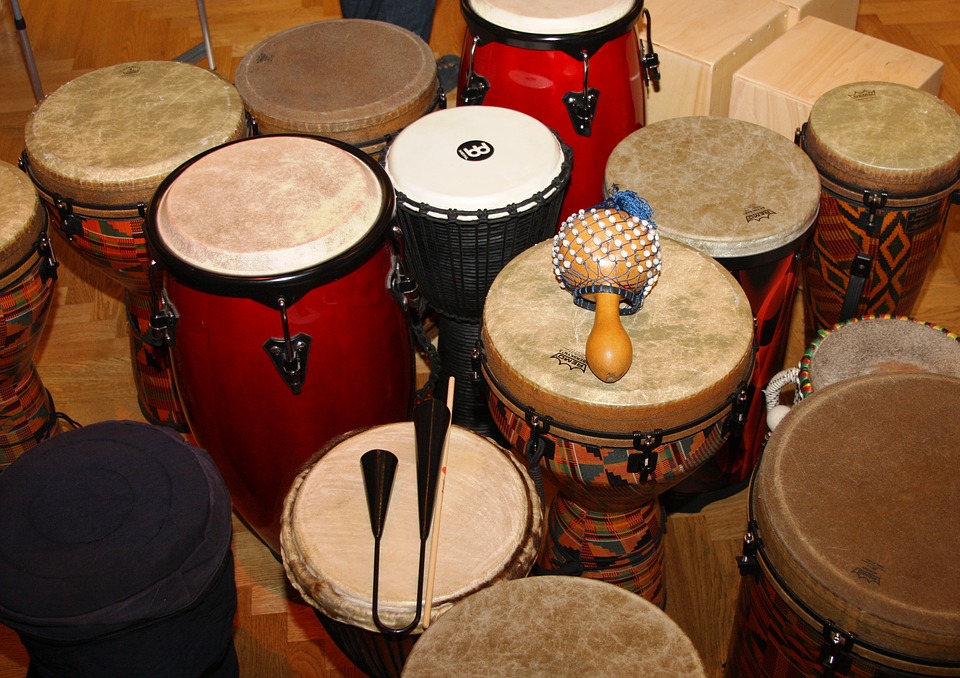Percussion instruments fall into the category of the oldest objects in history; in fact, they have accompanied human beings since prehistoric times. Some studies have established that primitive humans accompanied singing by clapping their hands and stomping their feet, and then began to use specially designed objects to hit hollow structures covered with stretched animal skin. Percussion instruments are divided into three groups: membrane, metal, and wood. Percussion instruments are used to emphasize the rhythm of music. Among percussion instruments, one of the most fascinating is certainly the cajón. Its origins can be traced to Peru where, in the seventeenth century, populations brought from Africa as slaves settled. African culture had strong musical roots, both rhythmic and vocal, and the slaves began to accompany their own songs, following the rhythm, sitting on fish crates, turning these wooden boxes, over time, into a true musical instrument. Even today in Peru, cajóns are constructed in a rudimentary manner with a simple wooden box, a parallelepiped with glued or nailed sides and the two front and rear faces made of thinner wood. The front face is fastened with screws and the rear face is glued but with a sound hole. The instrument is thus composed of a wooden parallelepiped on which the percussionist sits, legs spread, and plays with their hands. Today, several percussion manufacturing companies have refined the construction, turning it into a true musical instrument.


